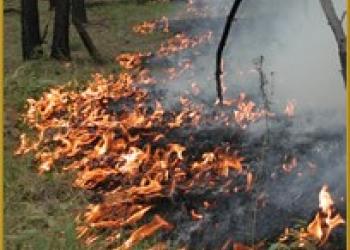The Forest is waiting, come explore!
Mark Twain National Forest has a wide range of popular recreation opportunities. The forest has over 750 miles of trails for hiking, horseback riding, mountain biking, and motorized use.
Sections of the Ozark Trail wind through the forest. More than 350 miles of perennial streams, suitable for floating canoeing and kayaking, meander through its canopied expanses. Our campgrounds offer visitors a variety of forest experiences, including semi-primitive and wilderness camping for solitude.
Recreation Opportunities
Find it Fast
Passes and Permits

Maps and Guides

Safety and Ethics

Timber Sales

Fire

Collaborative Forest Landscape Restoration Project

Highlights
Falling Springs Damage Repair

The first phase of repairs at Falling Springs in Oregon County have been completed. The Eleven Point District would like to extend a “Thank You” to the Mingo Job Corps Center for their continued support of efforts to assist the Mark twain NF reach goals and assist with the protection and maintenance of historic structures.






